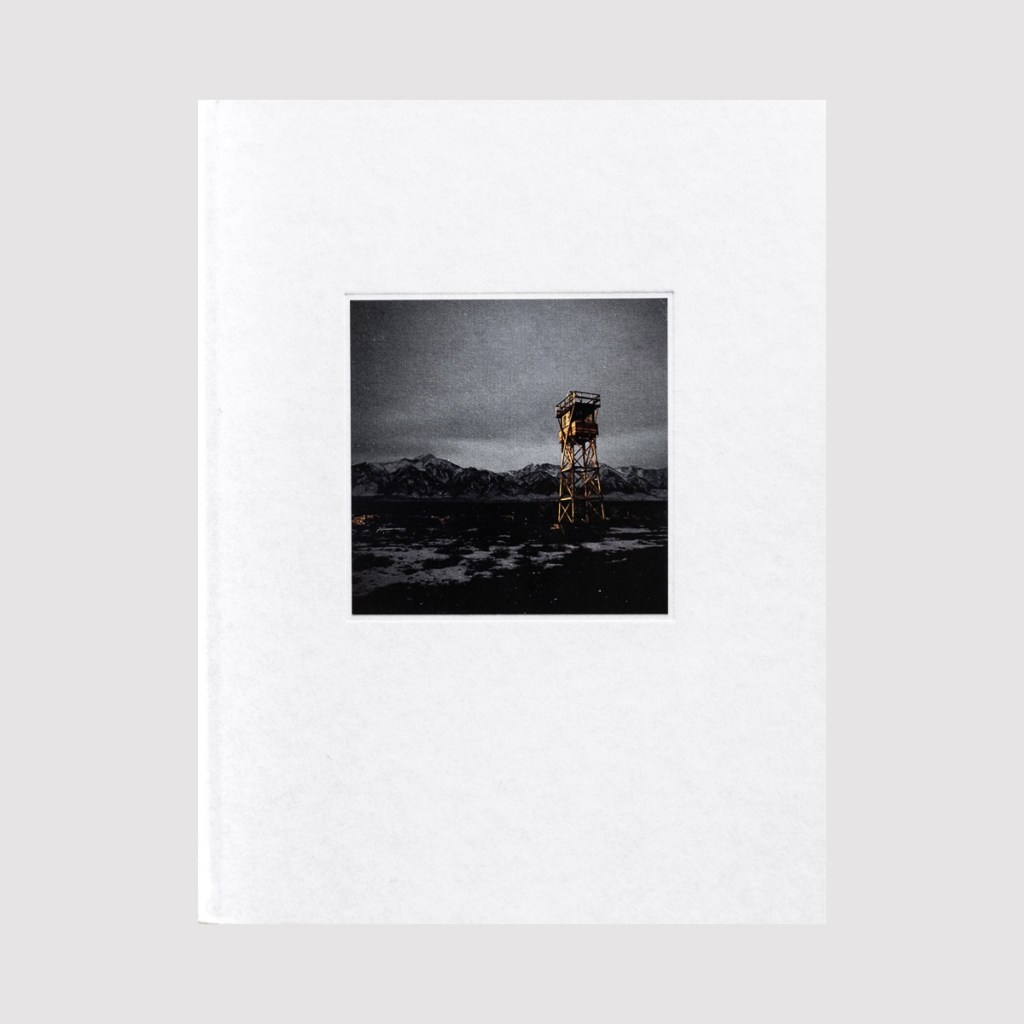
Review by Wayne Swanson •
As current events continue to remind us, the Land of the Free and the Home of the Brave is all too often the land of the repressive and the home of the intolerant. Sandy Sugawara and Catiana Garcia-Kilroy explore one shameful example of this dichotomy — the incarceration of 120,000 Americans of Japanese descent during World War II — in Show Me the Way to Go to Home.
A little over two months after the Japanese attack on Pearl Harbor in World War II, President Franklin D. Roosevelt sanctioned the “relocation” of Japanese Americans living on the West Coast. Sugawara and Garcia-Kilroy, photographers who focus on capturing memory through landscapes, have documented what remains of the 10 internment sites — more accurately described as concentration camps — that resulted from the order.
Sugawara’s personal connection was a major impetus for the book. Her parents and grandparents had been sent to the camps, but like many of the imprisoned, they seldom talked about the experience afterwards. Then Sugawara’s mother’s dying words and a box of her father’s mementos from life in the camp helped open up a world she had been shielded from for most of her life.
Sugawara writes: “Shortly before her death, while lying in a hospital bed, my generally mild-mannered mother angrily fired questions at me: Why didn’t other Americans stand up for us? Why weren’t German Americans and Italian Americans subject to mass incarceration? Why didn’t Japanese Americans fight harder for their rights? Have things improved, and, if not, what kind of future will her great-grandchildren face?”
A few days after her mother died, Sugawara discovered a scratched metal box under her mother’s bed that filled in gaps about her father’s life in the Amache camp in eastern Colorado. Show Me the Way to Go to Home begins with “The Box,” a 19-page book block attached to the inside front cover that uses the contents of that metal box to set the stage for the main book. Inside the metal box were artifacts like the autograph book from her father’s time in the camp, which had an incongruous greeting printed on the cover page urging him to “Make it happy—make it gay!” and a stamp reading “DETAINED ALIEN ENEMY MAIL EXAMINED.” There was also her dad’s wallet, photos of the camp, and other memorabilia that unlocked a way to explore the realities of that time. Two weeks after her mother died, Sugawara and Garcia-Kilroy traveled to Amache to begin work on the book.
The main book block presents a thoroughly researched examination of life in the camps. It opens with poems by two prominent Japanese America poets, Christine Kitano and Brandon Shimoda, describing the camp experience. Next, Sugawara and Garcia-Kilroy explore the remnants of all 10 camps. The chapter on each camp begins with a text page providing basic facts about site, the living conditions, and other details. It’s surprising to learn, for example, that the Poston camp in Arizona was the third largest city in the state at the time, and that actors George Takei, Jack Soo, and Pat Morita, as well as congressman and secretary of transportation and commerce Norman Y. Mineta and sculptor Ruth Asawa were among the prominent Japanese Americans imprisoned in the camps.
The introduction for each site is followed by Sugawara’s and Garcia-Kilroy’s photographs. Sugawara has written that the sites “were isolated and rugged, sometimes achingly beautiful, but always tinged with an overwhelming sense of sadness,” and the imagery supports that description.We see backdrops of natural beauty, but also of isolation. We see remnants of buildings that were never more than rudimentary. We see gravestones and monuments commemorating some sites. We see an image of the words etched on a wall at the jail of the Tule Lake camp that became the title of the book. All are presented on large full-color, full-bleed two-page spreads. The remoteness and austerity of the camps is palpable. Sugawara notes that “They feel like ghost towns — vast expanses of dirt and brush interrupted by a few reconstructed barracks or a massive root cellar or a deserted baseball field.”
The exploration of the sites is followed by a section of “Incarceree Stories” — texts about the experiences of those who were sent to the camps — supported by images of artifacts and artwork they made. The final section of the book presents texts that explore the lasting impact and implications of the incarceration — on those imprisoned, their descendants, and the nation.
The book itself is well-designed and executed by Radius Books and designers David Chickey and Mat Patalano. Its large 8.5 × 11.5-inch dimensions add to the impact of the full-bleed, full-spread color images. The use of rice paper pages to begin each section adds a touch of elegance. And the use of a separate book block attached to the front cover (“The Box”) is a clever way to introduce the origin of the book.
The design, photographs, and texts capture the injustice endured by the Americans who were incarcerated in the camps. And in the current climate of intolerance, it’s clear that the questions raised by Sugawara’s mother still demand answers.
__________________________
Wayne Swanson is a Contributing Editor and a San Diego-based fine art photographer and writer.
__________________________
Show Me the Way to Go to Home, Sandy Sugawara and Catiana Garcia-Kilroy
Photographers: Sandy Sugawara, born Cincinnati, Ohio, resides Maryland, USA; Catiana Garcia-Kilroy, born Madrid, Spain, resides Washington, D.C., USA
Publisher: Radius Books (Santa Fe, New Mexico, USA, copyright 2022)
Texts: Donna K. Nagata, Sandy Sugawara, and Catiana Garcia-Kilroy; Poetry: Brandon Shimoda and Christine Kitano; Foreword: Karen Korematsu
Language: English
Hardcover book, sewn binding, four-color lithography, 8.5 × 11.5 inches, 144 images, 332 pages, printed in Italy, ISBN: 9781955161121
Photobook designers: David Chickey, Mat Patalano
__________________________
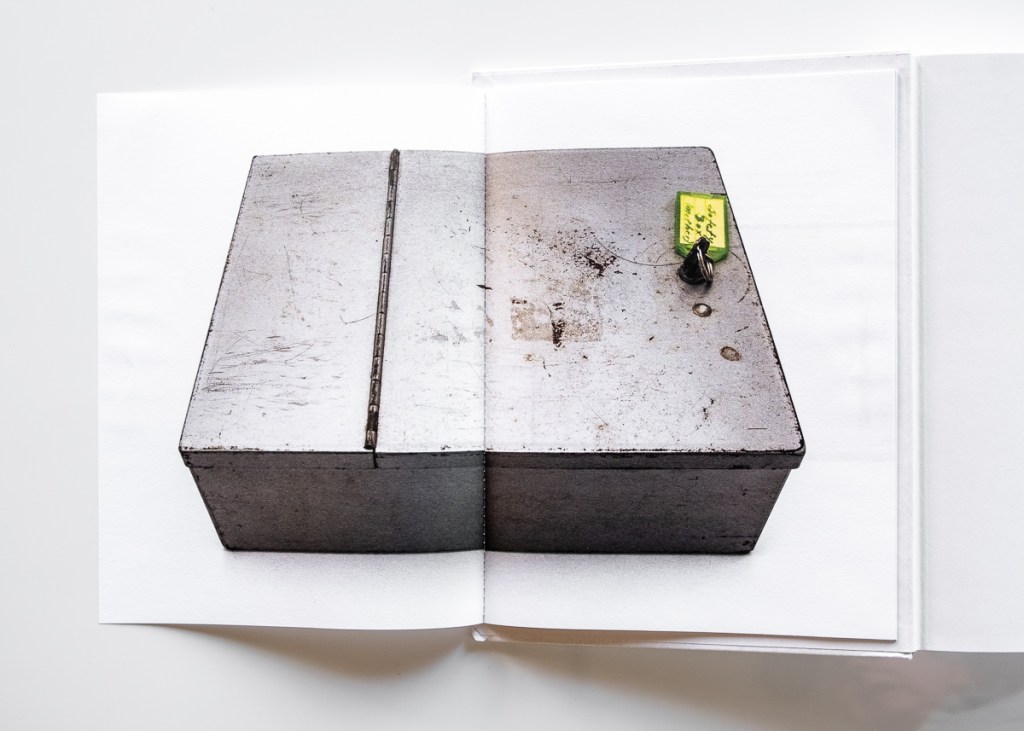

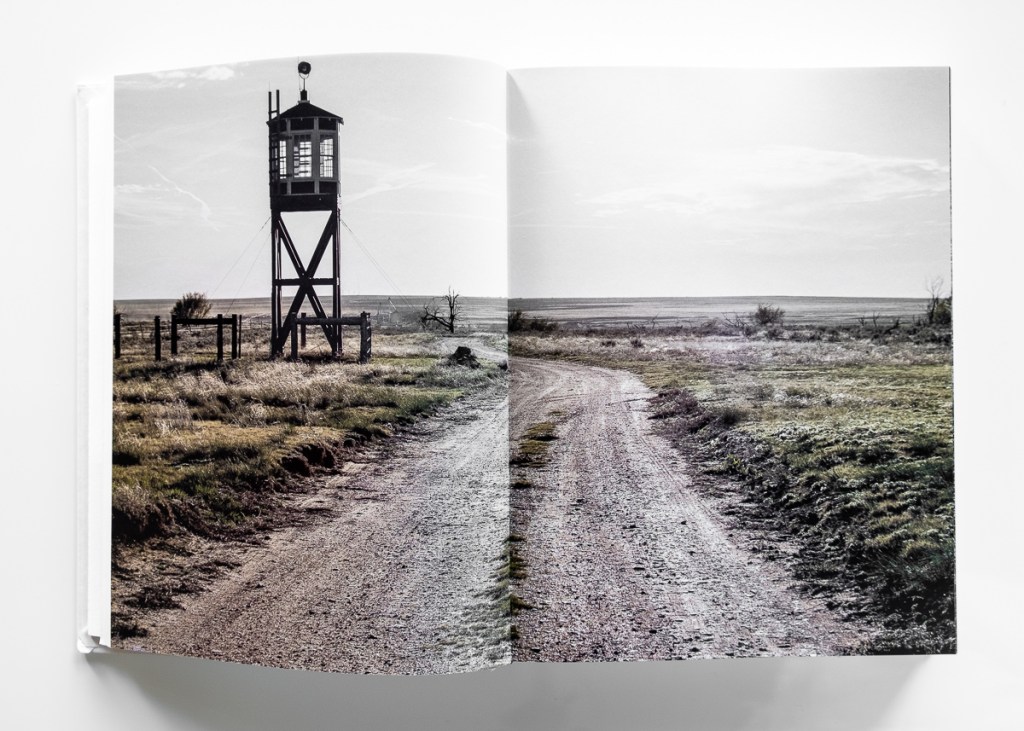


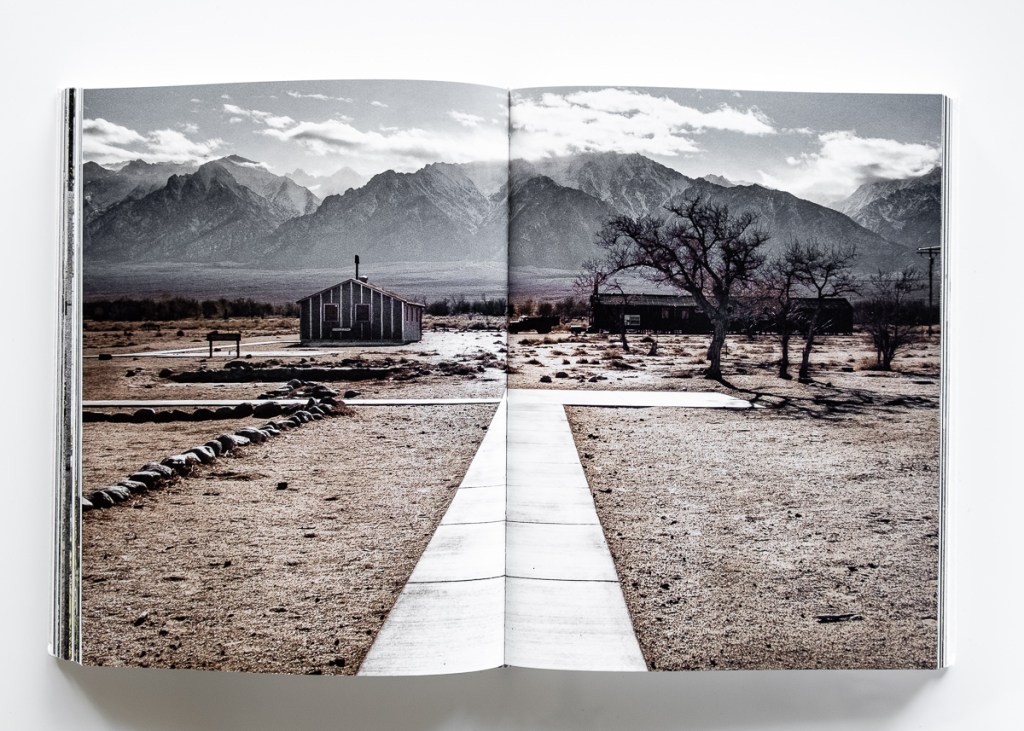
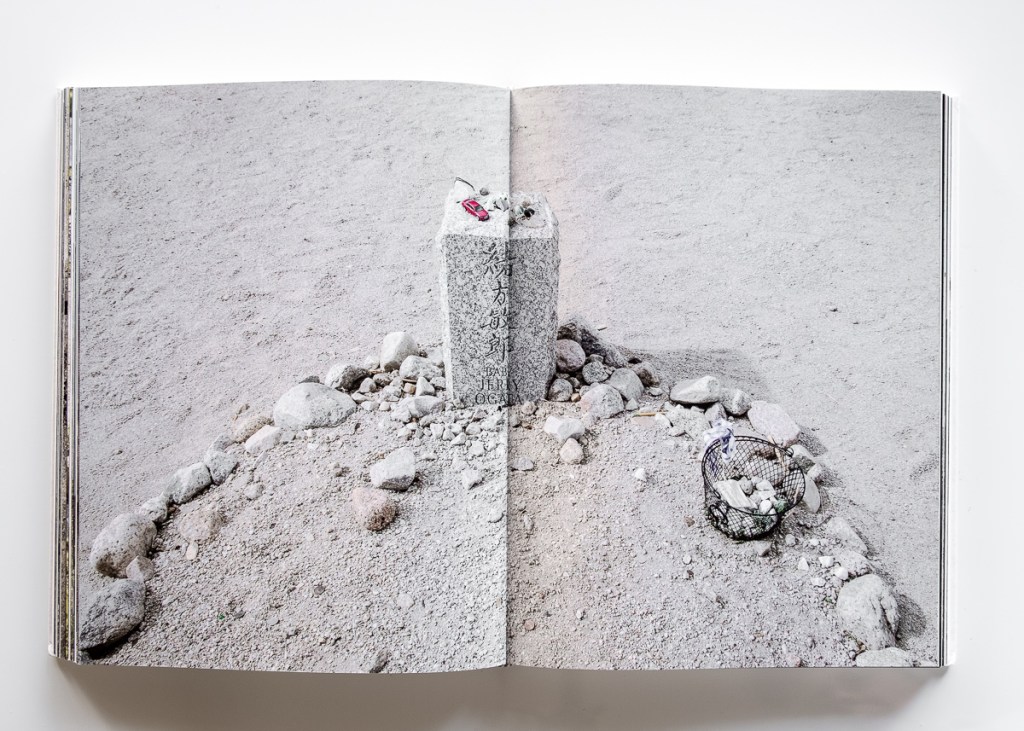

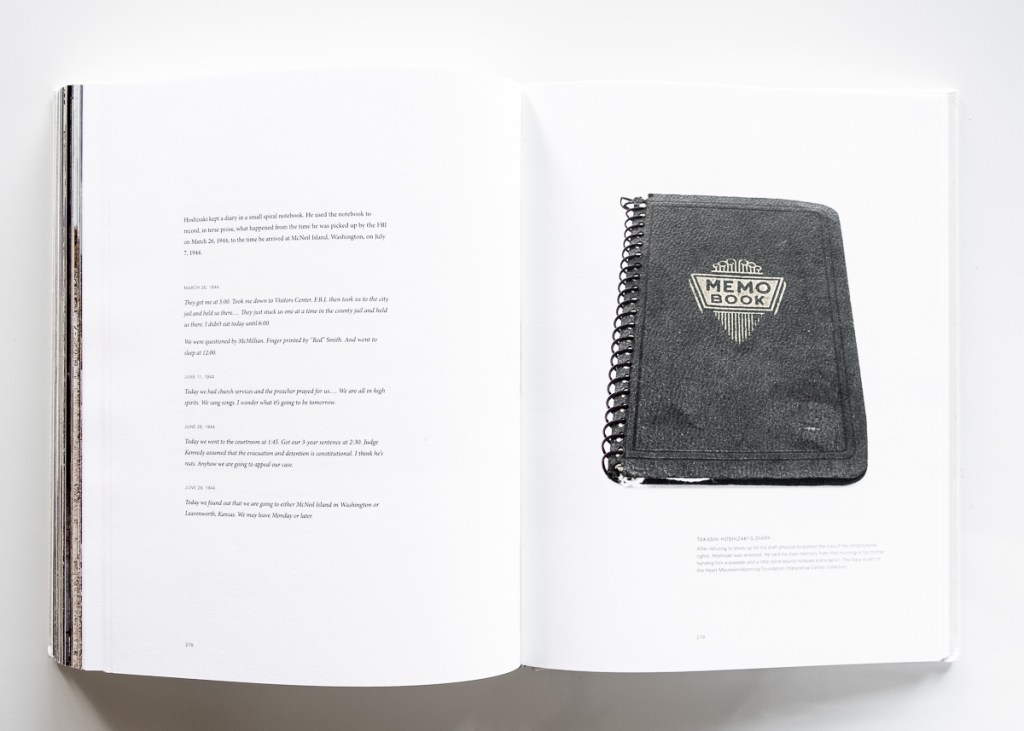

Articles and photographs published in the PhotoBook Journal may not be reproduced without the permission of the PhotoBook Journal staff and the photographer(s) and publishers. All images, texts, and designs are under copyright by the authors and/or publishers.
Leave a comment